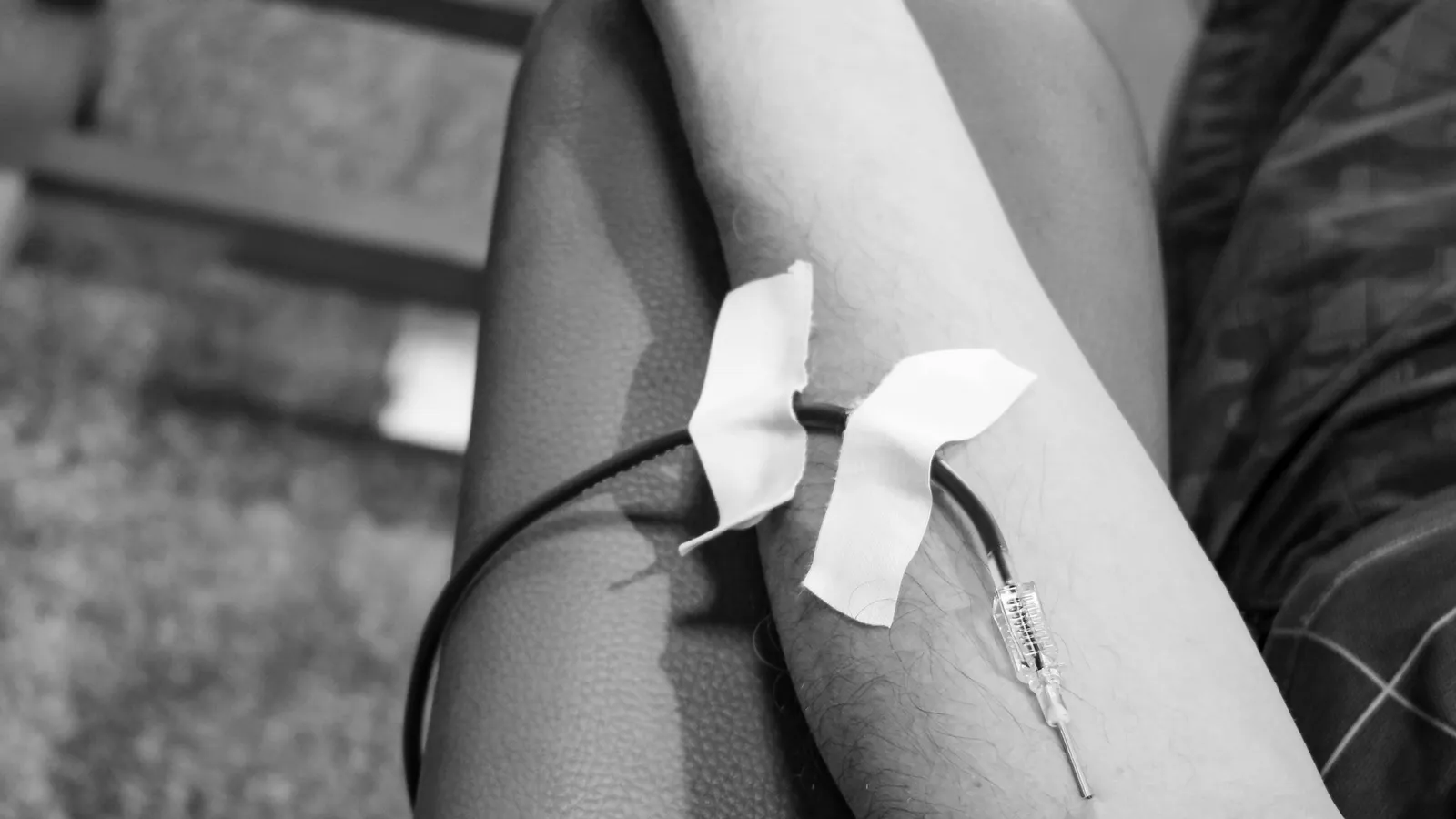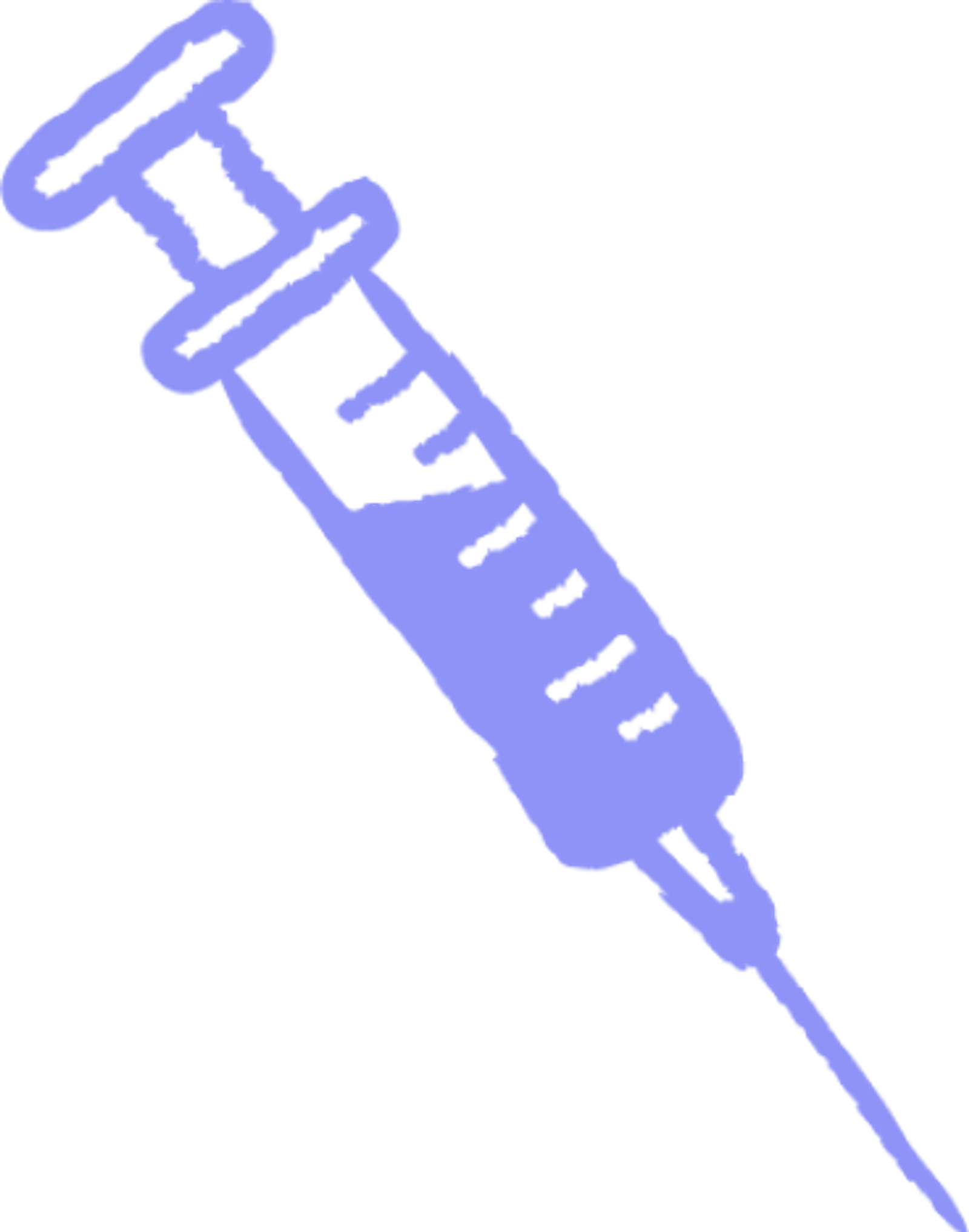Plasma 101
Who: Eligible donors between 18 and 64 can earn up to $560 a month in NY and up to $770 a month in FL.
What: Plasma is the yellow part of your blood that replenishes naturally.
Where: Queens, Brooklyn, The Bronx (NY), and Ft. Pierce (FL).
Why: Get paid to donate and help treat bleeding disorders, immune deficiencies, and more.
When: No appointment needed—walk in anytime before closing.
Plasma Donation: An Unrecognized Hero in Healthcare

Plasma donation plays a key yet often overlooked role in modern healthcare. While most people are familiar with blood donation, the importance of plasma donation remains underappreciated. Plasma, a vital component of blood, is essential for producing life-saving therapies used to treat a variety of serious health conditions, from immune disorders to severe burns. This article aims to highlight the importance of plasma donation, explore how it is transforming lives, and discuss effective ways to raise awareness about this life-saving practice. By understanding the impact of plasma donation, more people can be encouraged to contribute to this invaluable cause.
The Undervalued Importance of Plasma Donation
Understanding Plasma Donation:
So, how does donating plasma work? Plasma, the liquid portion of blood, is rich in proteins and antibodies that play a vital role in medical treatments. Unlike red blood cells or platelets, plasma cannot be synthesized, making donations essential. Plasma donations are amazing for giving life by creating life-saving therapies used to treat a wide array of conditions, such as immune deficiencies, severe burns, and clotting disorders. Without a steady supply of plasma, many of these treatments would be impossible, leaving vulnerable patients without the care they desperately need.
Current State of Awareness:
Despite its major role in healthcare, plasma donation remains largely underappreciated. While blood donation is widely recognized and encouraged, the importance of donating plasma is less understood by the general public. This lack of awareness stems from the misconception that donating plasma is less important or less needed than blood donation. However, plasma is just as vital, if not more so, in the creation of treatments that save lives daily. Plasma donation centers play a key role in ensuring a steady supply of this life-saving resource.
Importance of Plasma in Healthcare:
Plasma is indispensable in treating various serious health conditions. For instance, patients with immune disorders rely on plasma-derived medicines to manage their conditions. Plasma also plays a essential part in producing clotting factors necessary for hemophilia patients, who otherwise face life-threatening bleeding risks. Additionally, during pandemics, convalescent plasma therapy becomes a critical tool, providing antibodies to those battling infections.

How Plasma Donation is Changing Lives
Personal Stories and Impact
Plasma donation has a profound impact on countless lives, providing critical treatments for individuals facing life-threatening conditions. Bill Payne was profoundly impacted by plasma-derived clotting factor treatments, which became available in the 1970s. Before these treatments, managing his hemophilia B was nearly impossible, leading to frequent and severe bleeding episodes that could be life-threatening. Before receiving these treatments, even a minor injury could lead to severe bleeding episodes. Thanks to the regular infusions of plasma-based medicines, he now leads a more normal life, engaging in activities that were once too risky.
This advancement in plasma-based treatment was a massive turning point, paving the way for further innovations, including the experimental gene therapy that would eventually transform his life even more dramatically. Testimonials like these highlight the transformative power of plasma donation, not just for individuals but also for their families and communities.
Medical Advancements
The field of plasma-derived treatments has seen significant advancements, particularly in the treatment of rare diseases. Innovations in plasma donation have led to the development of therapies for conditions such as chronic inflammatory demyelinating polyneuropathy (CIDP), a rare neurological disorder. These advancements are made possible by the ongoing contributions of plasma donors, who provide the raw material necessary for creating these life-saving medicines. The increased efficiency and safety of the plasma donation process have expanded its accessibility, allowing more people to contribute to this cause.

Ways to Raise Awareness About Donation
Public Education Initiatives
Raising awareness about plasma donation will help massively in gaining a steady supply of this life-saving gift. Public education initiatives are key to informing people about the importance of plasma donation and dispelling common misconceptions. Successful campaigns, such as those run by healthcare organizations, have effectively used media outreach and community events to educate the public. These programs have shown that when people understand the impact of their donations, they are more likely to participate.
Community Involvement
Engaging local communities is another powerful strategy for boosting plasma donation rates. Schools, businesses, and healthcare organizations can play a pivotal role in spreading the message. By forming partnerships with these groups, awareness campaigns can reach a broader audience and create a sense of shared responsibility. Community events, such as donation drives, also provide an opportunity for individuals to learn more about plasma donation and its benefits firsthand.
Effective Awareness Strategies:
👉Social media campaigns to reach a broader audience.
👉Hosting donation drives at local events.
👉Collaborating with influencers or celebrities to champion the cause.
Last of all, share your own personal experiences with friends and family. Word of mouth can sometimes be the most effective way to inspire others to donate. When people hear firsthand how plasma donation has made a difference, they are more likely to see its value and consider donating themselves. First time donors will know what to expect and feel more comfortable about the process. Your story could be the encouragement someone needs to take that first step toward becoming a plasma donor, potentially saving lives and contributing to the well-being of others.

Plasma donation is a vital component of modern healthcare, providing essential treatments for a range of serious conditions. Despite its importance, plasma donation remains underrecognized, underscoring the need for increased public awareness and community involvement. Educating the public and encouraging more people to donate can ensure a steady supply of plasma for those who depend on it for life-saving therapies. Whether through public education initiatives or community-driven campaigns, raising awareness is key to supporting this invaluable healthcare resource. Consider learning more about plasma donation and how you can contribute to saving lives.
To learn more about the life-saving impact of plasma donation and how you can make a difference, visit Olgam Life. Your contribution could change lives—consider becoming a plasma donor today. Check out our plasma donation center locations. For further information or to get involved, contact Olgam Life today!
















